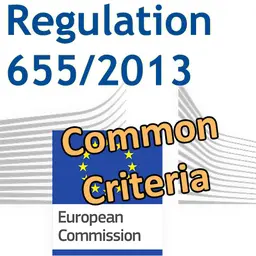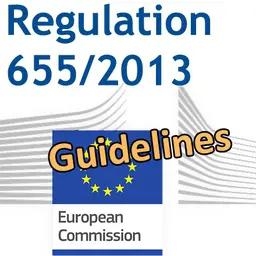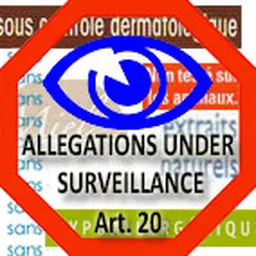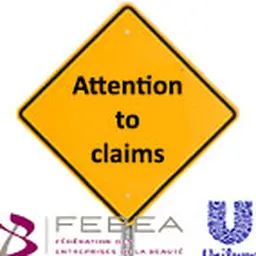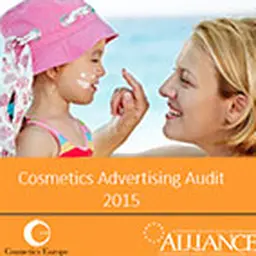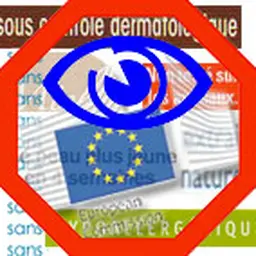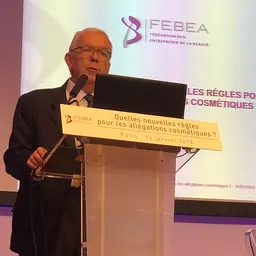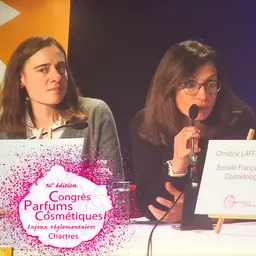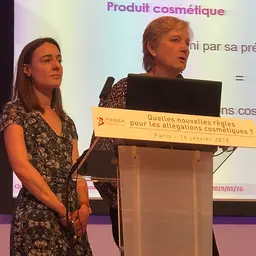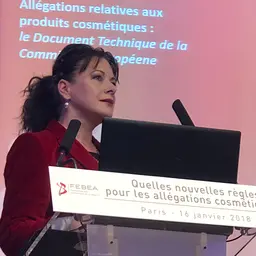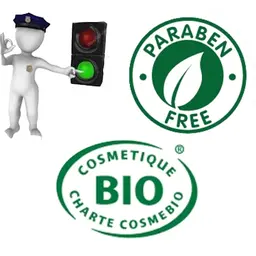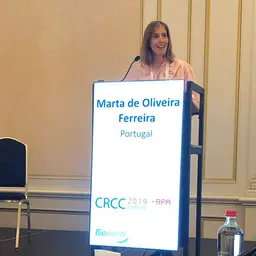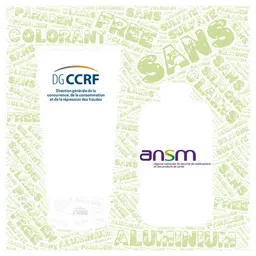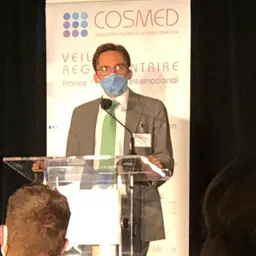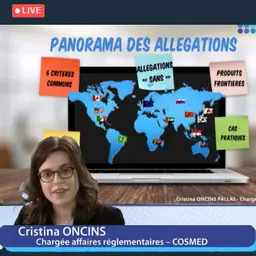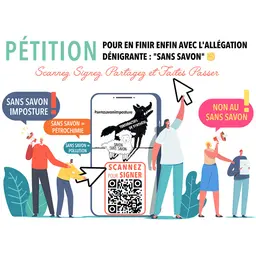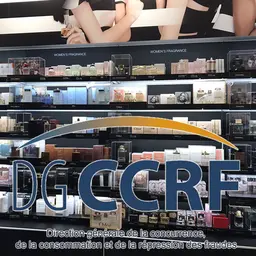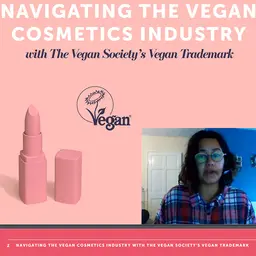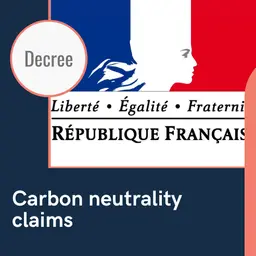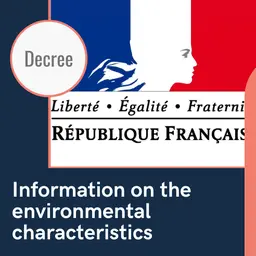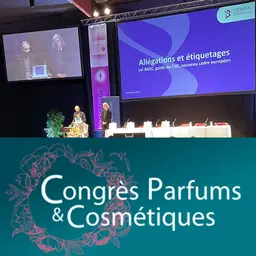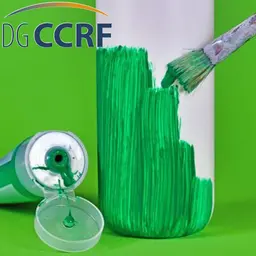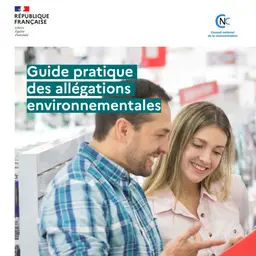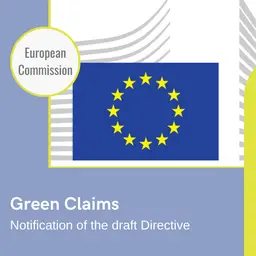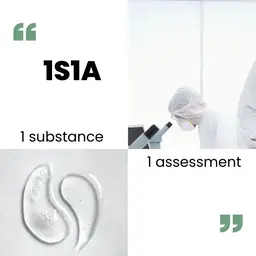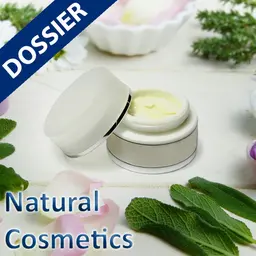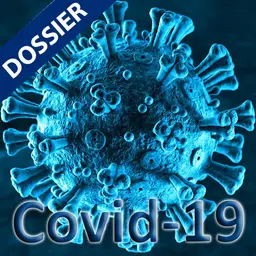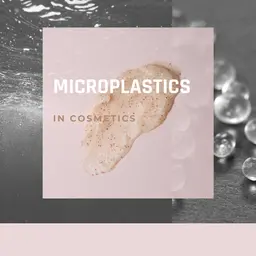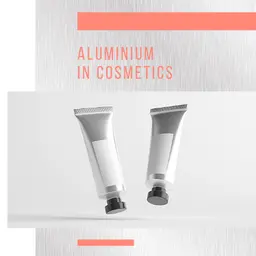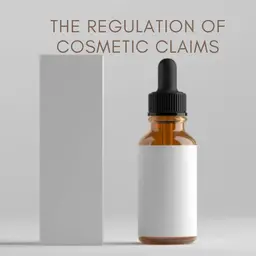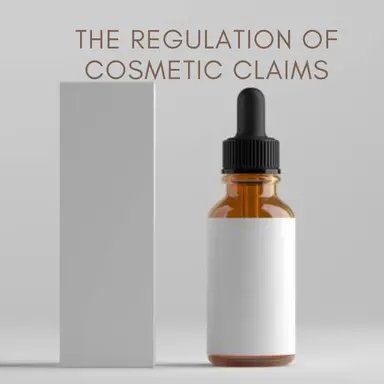
Since the entry into force in 2013 of Cosmetics Regulation 1223/2009, cosmetic claims are under tension and are constantly being examined in the light of the Common Criteria with which they must comply in order to be used. Several of them, targeted as denigrating or even misleading, have been the subject of heated debate. The industry feared a stricter framework with a restrictive list of authorized claims, similar to what is practiced in food. The threat is still not completely excluded, even if it now seems to be contained thanks to self-regulation and its new rules, applicable from 1 July 2019.
Beyond the already known principles, they have established a very restrictive framework, in particular for “Free-from…” or “Hypoallergenic” claims, which would be almost all impossible to display on packaging and in advertisements for cosmetic products. How to do without the “Without…” claims? Which claims should be prohibited and which should be replaced them? How can the authorities sanction non-compliance in this area?
More recently, the wave of legislation in favour of the preservation of the environment, such as the AGEC law in France, has brought their share of additional prohibited claims… and even if it is the trend of the moment, it is very difficult to claim to be respectful of the planet, sometimes quite forbidden to put forward that a product is biodegradable, even if it is in reality… All the provisions applicable to claims, their elaboration and motivations, the deadlines, the debates they have generated and the advice to interpret them well are gathered in this dossier.
The basis of the European regulation
Based on Article 20 of Cosmetic Regulation 1223/2009 which states that “the consumer should be protected from misleading claims concerning efficacy and other characteristics of cosmetic products,” two founding texts govern the use of cosmetic claims and are applicable since July 2013. Regulation 655/2013 laying down Common Criteria for the justification of claims used in relation to cosmetic products, and the accompanying Guidelines, form the basis of the principles to be respected. Although it appeared that they were not sufficient on their own, since they have recently been supplemented by other texts, they already impose many limitations and restrictions on the use of certain claims.
The allegations under discussion
Very soon after their implementation, it became clear that the Common Criteria were met in a wide variety of ways by cosmetic manufacturers. The “Free-from…” claims, in particular, that some did not allow themselves to use in the name of fairness or compliance with the legislation, while others continued to use them widely, have crystallized many tensions within the industry itself. Especially since a sword of Damocles hung over all heads: the European Commission’s assessment of compliance with the Common Criteria, and the report it was to present in 2016, which could lead to the adoption of much more restrictive regulations if the practices were considered too unsatisfactory. And they have been in part, particularly for the “Free-from…” or “Hypoallergenic” claims. This motivated the development of new complementary rules for them through the Technical Document on Cosmetic Claims.
Between regulation and self-regulation
Faced with the threat of a very constrained framework, the cosmetics industry, or at least its representatives and national and European federations, have decided to take action. If regulation alone was not enough to clean up market practices, imposed self-regulation could perhaps achieve this. In France, the new rules laid down in the European Technical Document on Cosmetic Claims have been transposed into the ARPP’s “Cosmetic Products” Recommendation, which is binding on all stakeholders in the sector. These same rules should also be implemented, in one way or another, in most European countries.
Many hoped that this would mark the beginning of a new era in cosmetic communication: the definitive end of the “Free-from…” claims and the generalization of positive messages to consumers, whose confidence had to be regained. Although, in practice, the application of these new rules depends very much on the interpretation of the market supervisory authorities. But even today, the “Free-from…” have not quite disappeared, nor have the debates they provoke.
Over time, however, other types of claim have become increasingly popular, in line with fashion trends, such as those relating to the avoidance of ingredients derived from animals or respect for the skin’s microbiota.
Environmental claims
The last chapter, still being written, on what claims can and cannot say is references to the environmental characteristics of products and/or packaging. Here again, the aim of regulations such as the AGEC law in France, or other equivalent international laws, is to avoid misleading consumers in the light of the growing concerns about climate change, polluting or persistent substances and materials, carbon neutrality and sustainable development. The framework has been established, some claims are already prohibited, others can only be used if they are duly and precisely justified… But it is still largely a “work in progress”, which is being developed in new law after new law, application decree after application decree, and still awaiting the interpretations of the supervisory authorities…

